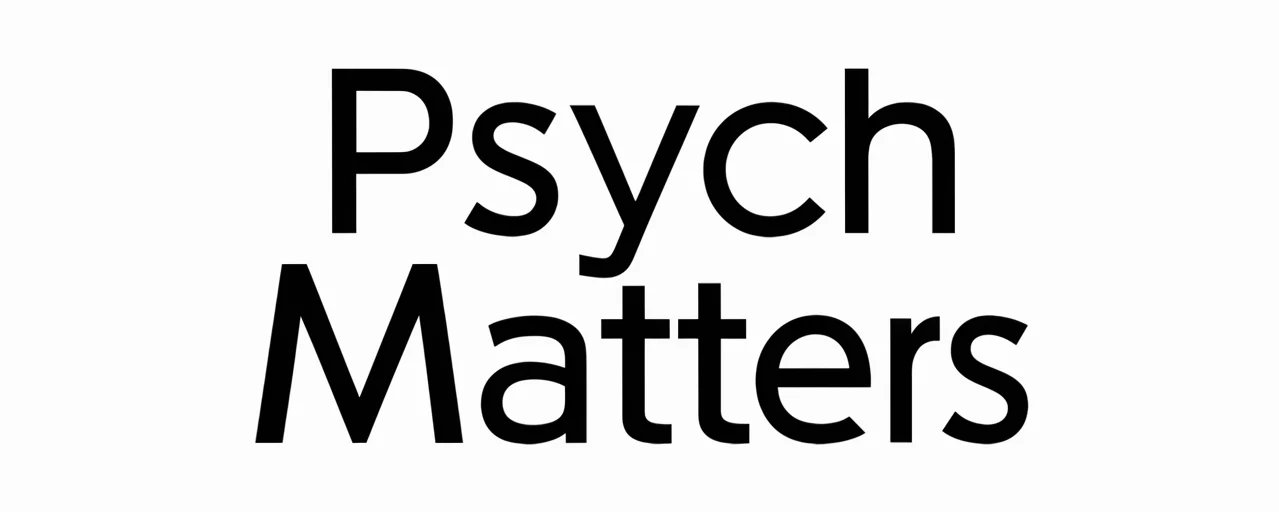Unmasking the Frame: How Presentation Shapes Healthcare Decisions
Eye-Opener: The Power of Framing in Healthcare Decisions
In the realm of medical decision making, subtle shifts in how options and outcomes are presented can significantly alter the choices a patient makes. This phenomenon, known as the framing effect, reflects a deep intersection between patient psychology, behavioral economics, and clinical communication. A decision framed as “a 90% survival rate” can feel vastly different from “a 10% mortality rate,” even though both convey identical statistical realities.

Such influences challenge the notion of purely rational decision science. Instead, they reveal how cognitive biases, such as loss aversion and anchoring bias, can override logical evaluation, leading to healthcare choices shaped more by perception than objective data.
Framing 101: What Is Healthcare Decision Framing?
Healthcare decision framing refers to the way treatment options, risks, and benefits are presented to patients and providers. This presentation can emphasize either positive outcomes (gain framing) or negative outcomes (loss framing), changing how information is perceived and acted upon.

For instance:
- Positive frame: “This medication works effectively for 80% of patients.”
- Negative frame: “This medication fails to work for 20% of patients.”
As described in a detailed review on framing effect in medical contexts, identical facts framed differently can elicit divergent emotional reactions and influence the perceived desirability of a treatment, impacting risk perception and patient engagement with recommendations.
The Theory Behind the Frames: Prospect Theory & Heuristics
One of the most influential explanations for the framing effect comes from Prospect Theory, developed by Daniel Kahneman and Amos Tversky. This theory proposes that:

- Individuals evaluate outcomes relative to a reference point rather than in absolute terms.
- They tend to be risk-averse when facing gains.
- They are risk-seeking when facing losses.
This asymmetry is central to understanding why patients may avoid a treatment when risks are loss-framed but accept it when potential benefits are gain-framed.
Cognitive heuristics further shape healthcare choices. As outlined in research on decision biases, shortcuts such as the availability heuristic, representativeness, and anchoring bias can lead patients to focus on the most vivid or recently presented information, sidelining statistical probabilities or broader clinical data.
Variations on a Theme: Types of Framing in Medical Contexts
Framing in healthcare takes multiple forms, each influencing patient decision support and clinical interactions differently:

- Attribute framing: Focuses on positive vs. negative descriptors, e.g., “80% lean” vs. “20% fat.”
- Goal framing: Emphasizes the benefits of adherence or the consequences of non-adherence to medical advice.
- Number-sized framing: Alters perception by presenting data in different quantitative forms (absolute numbers vs. percentages).
According to an empirical study on framing effects, these variations consistently demonstrate patterns predicted by Prospect Theory, particularly the greater psychological impact of losses compared to equivalent gains.
Real-World Impact: How Framing Shapes Patient Choices
The influence of framing on patient behavior is far-reaching. It can shape:

- Treatment adherence: Patients are more likely to follow regimens when benefits are gain-framed.
- Risk tolerance: Loss-framed scenarios can push patients toward riskier treatments in the hope of avoiding a negative outcome.
- Shared decision making: Framing can either clarify or distort risk perception, impacting the balance of power in patient-provider discussions.
These effects underscore the importance of healthcare literacy impact, as individuals with limited understanding of statistical evidence are more susceptible to framing biases.
Turning the Tables: Strategies to Mitigate Framing Bias
Healthcare providers can adopt several evidence-based strategies to minimize detrimental framing effects:
- Neutral presentation: Present both gain and loss frames side by side to ensure balanced patient psychology in decision-making.
- Cognitive reappraisal techniques: Encourage patients to re-evaluate their emotional response, as studies have shown this can reduce susceptibility to bias (PMC review).
- Encouraging justification: Request that patients explain their choices, prompting deeper analytic thinking over heuristic-driven judgments.
- Decision aids: Use structured decision tools to clarify probabilities and outcomes in medical choice architecture.
By integrating these approaches into patient-centered care psychology, clinicians can enhance medical decision autonomy while supporting informed consent.
Spotlight Close: Framing Your Path to Informed Healthcare Decisions
Framing is a powerful psychological lens that shapes how healthcare choices are understood and acted upon. By recognizing and addressing the influence of presentation, both patients and providers can better navigate medical uncertainty and achieve satisfaction in treatment outcomes. Awareness of the framing effect and its cognitive underpinnings paves the way for more rational, transparent, and effective healthcare communication strategies.







